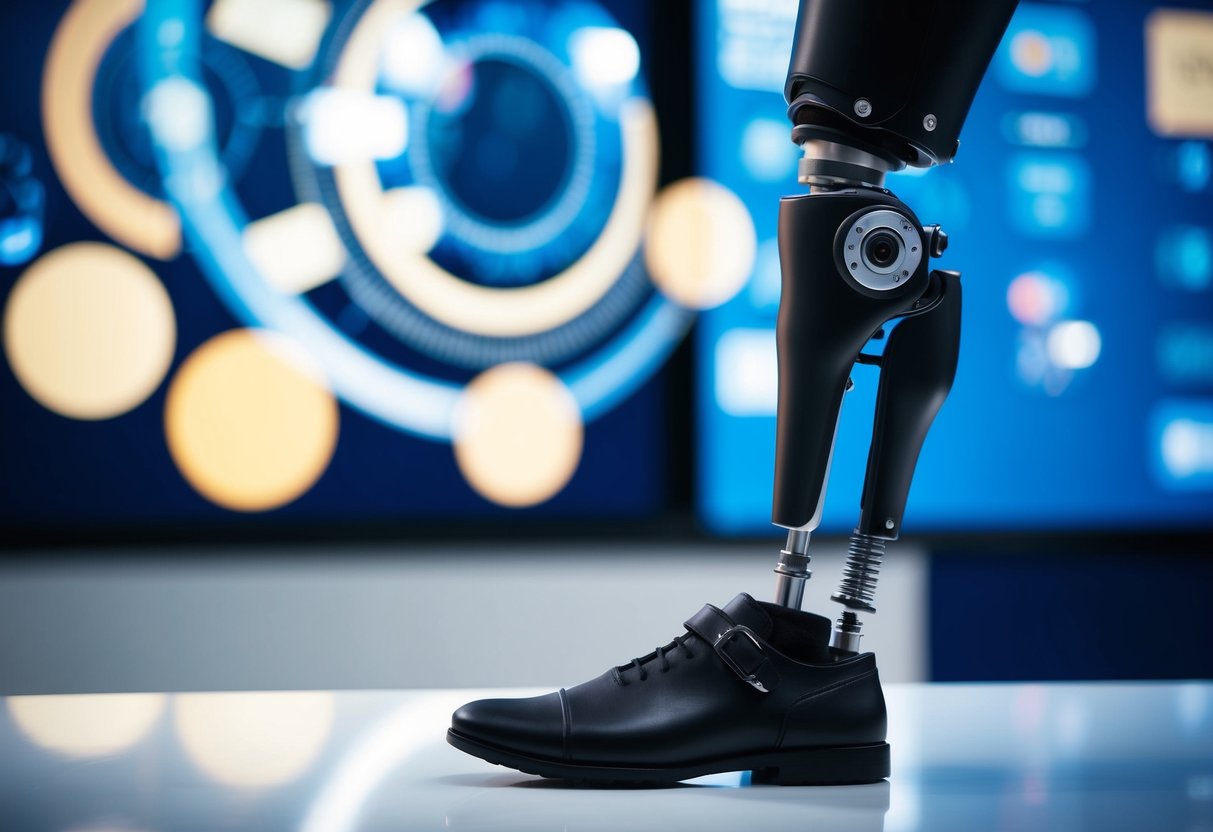
Artificial intelligence is transforming the field of prosthetics, offering new hope for individuals seeking to regain mobility and independence. AI-enhanced prosthetics are significantly advancing the quality of life for users by providing more intuitive and responsive solutions. These technological innovations allow prosthetics to adapt more effectively to various conditions and user needs, leading to a more natural movement and greater comfort.
The intersection of AI and prosthetic technology brings promising developments that were once thought impossible. By integrating sophisticated AI systems into prosthetic devices, engineers and researchers have enabled machines to learn and mimic the human body’s complex movements. This not only increases the functionality of the prosthetics but also enhances the overall experience for the user, making daily activities more accessible and enjoyable.
These breakthroughs are crucial for promoting independence among users who rely on prosthetic limbs. As AI continues to evolve, the potential for even more innovative solutions in prosthetics appears limitless. This progress helps bridge the gap between human ability and technological capability, providing users with unprecedented levels of freedom and self-reliance in various aspects of their lives.
The Evolution of Prosthetic Limbs
Over the centuries, prosthetic limbs have transformed from rudimentary wooden pegs to sophisticated devices that integrate seamlessly with the human body. This journey reflects significant advancements in both design and material technology, enhancing the quality of life for countless individuals.
Historical Milestones
The journey of prosthetic limbs dates back to ancient civilizations. In Egypt, archaeologists discovered a wooden toe used around 950 BC, illustrating one of the earliest attempts at prosthesis. The Roman period saw advancements with iron limbs, demonstrating increased durability.
During the Renaissance, prosthetics saw significant improvements with Ambroise Paré’s work. He introduced jointed limbs and harnesses, leading to more functional designs. The 20th century marked a turning point with the advent of modern prosthetics using lighter and more flexible materials like aluminum.
World War I and World War II catalyzed further innovations, as the need for better prosthetics became critical. The introduction of the myoelectric hand in the 1960s was a major breakthrough, allowing for electrically powered devices that responded to muscle contractions. This period established a foundation for today’s technologically advanced prosthetic limbs.
Advancements in Materials Science
Advancements in materials science have been a driving factor in the evolution of prosthetics. Initially, prosthetic limbs were primarily constructed from wood and metal, which limited their functionality and comfort. The introduction of plastics in the mid-20th century provided a lighter, more adaptable alternative.
Materials such as silicone and carbon fiber later revolutionized prosthetics by offering unprecedented flexibility and strength. These innovations allowed for greater customization, leading to improved comfort and performance. The current trend focuses on biomimetic materials that mimic the characteristics of human tissue, enhancing the adaptability of prosthetic limbs.
Biomedical applications have also contributed, incorporating sensors and robotics into the design. This integration improves the synchronization between the prosthetic and the user’s natural movements, offering a more intuitive experience. As material science continues to evolve, prosthetics are becoming even more durable and lifelike.
Basics of AI-Enhanced Prosthetics
AI-enhanced prosthetics are revolutionizing mobility restoration through advanced neural interfaces and machine learning algorithms. Key factors in their development include precision in neural interfacing and ensuring biocompatibility for successful integration.
Understanding Neural Interfaces
Neural interfaces form a critical component of AI-enhanced prosthetics. They establish a connection between the prosthetic device and the user’s nervous system. These interfaces interpret electrical signals from the brain and convert them into commands for the prosthetic limb, enabling natural movements. Technologies used in this domain often involve electrodes implanted near nerve fibers, allowing for precise data collection. Innovations focus on improving signal accuracy and minimizing any potential discomfort. Researchers are striving to enhance the speed and reliability of these interfaces, facilitating smoother interaction between the user and the prosthetic. The ultimate goal is to create a seamless experience that mirrors the function of natural limbs.